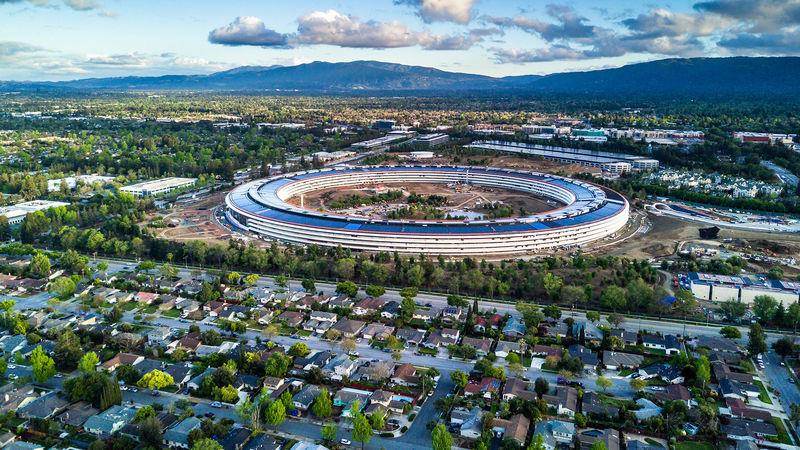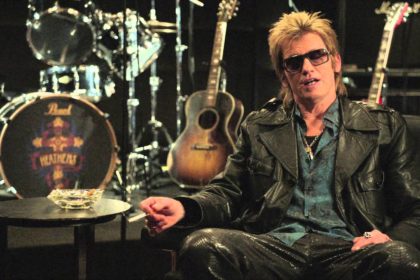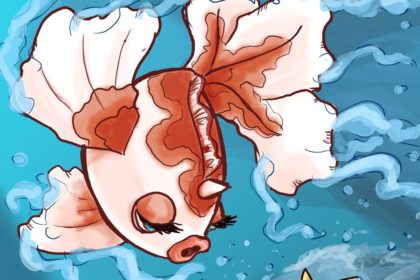Cupertino is a city in Santa Clara County, California, United States, directly west of San Jose on the western edge of the Santa Clara Valley with portions extending into the foothills of the Santa Cruz Mountains. Take a look below for 20 interesting and amazing facts about Cupertino, California, United States.
1. The population was 57,820 as of the 2020 census.
2. It is known for being the home of Apple Inc., currently headquartered at Apple Park.
3. Cupertino was named after Arroyo San José de Cupertino (now Stevens Creek).
4. The creek had been named by Spanish explorer Juan Bautista de Anza’s cartographer, who named it after Saint Joseph of Cupertino.
5. Saint Joseph (Italian: Giuseppe da Copertino) was born Giuseppe Maria Desa, and was later named after the town of Copertino, where he was born, in the Apulia region of Italy.
6. The name Cupertino first became widely used when John T. Doyle, a San Francisco lawyer, and historian, named his winery on McClellan Road Cupertino.
7. After the turn of the 20th century, Cupertino displaced the former name for the region, which was West Side.
8. In the 19th century, Cupertino was a small rural village at the crossroads of Stevens Creek Road and Saratoga-Mountain View Road (also known locally as Highway 9; later Saratoga-Sunnyvale Road, and then renamed to De Anza Boulevard within Cupertino city limits).
9. For decades, the intersection was dominated on the southeast corner by the R. Cali Brothers Feed Mill, replaced today with the Cali Mill Plaza and City Hall.
10. Back then, it was known as the West Side and was part of Fremont Township. The primary economic activity was fruit agriculture.
11. Almost all of the land within Cupertino’s present-day boundaries was covered by prune, plum, apricot, and cherry orchards.
12. A winery on Montebello Ridge overlooking the Cupertino valley region was also in operation by the late 19th century.
13. Soon railroads, electric railways, and dirt roads traversed the West Side farmlands. Monta Vista, Cupertino’s first housing tract, was developed in the mid-20th century as a result of the electric railway’s construction.
14. After World War II, a population and suburban housing boom dramatically shifted the demographics and economy of the Santa Clara Valley, as the “Valley of Heart’s Delight” was beginning to transform into “Silicon Valley”.
15. In 1954, a rancher, Norman Nathanson, the Cupertino-Monta Vista Improvement Association, and the Fact Finding Committee, began a drive for incorporation. On September 27, 1955, voters approved the incorporation of the city of Cupertino (225 voted “yes” and 183 voted “no”). Cupertino officially became Santa Clara County’s 13th city on October 10, 1955.
16. The first city council consisted of Ralph Lindenmayer, Werner Wilson, John Saich, R. Ivan Meyerholz and Norman Nathanson.
17. In fact, there is a residential road in northern Cupertino named after this influential rancher. Lindenmeyer was selected as the first mayor of Cupertino a week after the September 27 election.
18. A major milestone in Cupertino’s development was the creation by some of the city’s largest landowners of VALLCO Business and Industrial Park in the early 1960s. Of the 25 property owners, 17 decided to pool their land to form VALLCO Park, 6 sold to Varian Associates (property later sold to Hewlett-Packard), and two opted for transplanting to farms elsewhere.
19. The name VALLCO was derived from the names of the principal developers: Varian Associates and the Leonard, Lester, Craft, and Orlando families. A neighborhood outdoor shopping center and, much later, the enclosed Vallco Fashion Park, briefly renamed Cupertino Square, were also developed.
20. De Anza College opened in 1967. The college, named for Juan Bautista De Anza, occupies a 112-acre (0.45 km2) site that was the location of a winery built at the turn of the 20th century, called Beaulieu by its owners, Charles and Ella Baldwin. Their mansion has now become the California History Center. De Anza College now has about 22,000 students.




